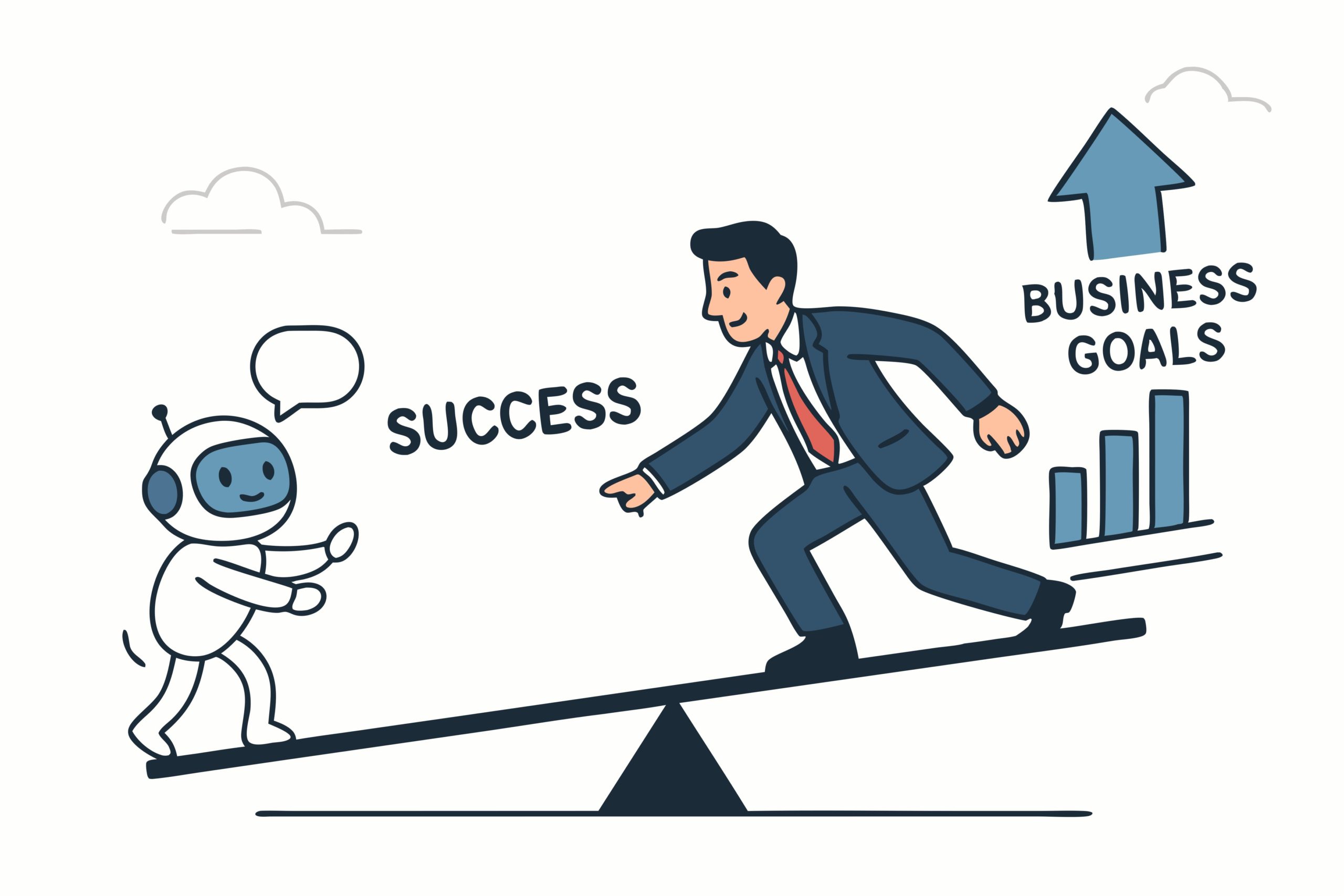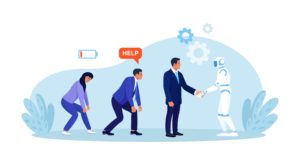In a world of endless dashboards, data sets, emails, and PDFs, there’s a quiet thief in the workplace—one that robs people of their most precious resource: time. It’s not meetings. It’s not Slack notifications. It’s manual research.
For professionals in finance, consulting, law, academia, and even journalism, digging for data, verifying facts, cross-referencing sources, and compiling insights is the lifeblood of the job. But the process is often painstakingly slow, repetitive, and outdated. While the modern world has automated so much of our personal lives—from grocery delivery to digital banking—we’re still stuck in 1995 when it comes to how we gather and process information at work.
The cost isn’t just in productivity—it’s in life not lived.
How Much Time Are We Really Losing?
Let’s be conservative. Suppose a financial analyst spends just 2–3 hours a day gathering, reading, filtering, and organizing research material. Multiply that by five workdays, and you’re looking at roughly 12–15 hours a week spent not analyzing, not thinking, not strategizing—but merely looking for information. For many professionals, especially in research-heavy roles, the real number is higher—often exceeding 20 hours weekly.
Over the course of a year, that’s 1,000+ hours spent on what is often low-leverage work. That’s six months of full 8-hour workdays every year—just hunting for data or reading redundant sources that AI could summarize in seconds.
Put another way: That’s time you could spend with your kids. Training for a marathon. Writing a novel. Building a side business. Or just sleeping more.
The Hidden Costs of Manual Research
Let’s be clear: research is essential. But manual research—especially in environments where data is abundant and the tools to streamline it exist—is not only inefficient, it’s harmful.
- Mental fatigue: Wading through dozens of sources looking for a single data point or quote is mentally exhausting. It drains cognitive resources and reduces your capacity for high-value thinking later in the day.
- Opportunity cost: Every minute spent copying and pasting from one spreadsheet to another is a minute not spent innovating, selling, or making strategic decisions.
- Burnout: The repetitiveness of manual research is a quiet contributor to workplace dissatisfaction. People feel overworked not because they’re doing too much thinking—but because they’re doing too much tediousness.
- Human error: When research is done manually, it’s easier to miss important facts, misinterpret data, or skip over a critical insight buried on page 78 of a PDF.
Why Haven’t We Fixed This?
There’s a strange inertia around the way professionals do research. Part of it is habit. Part of it is the fear that automation will replace human insight. And part of it is a simple lack of awareness—many people don’t realize that AI-powered research tools are now accurate, fast, and tailored to specific industries.
In many offices, the process of “research” still looks like this: Google a phrase. Open 10 tabs. Skim each one. Copy-paste highlights. Add to a PowerPoint deck. Cross-check later. It’s not that this process is broken. It’s just that it’s obsolete.
Meanwhile, AI tools are now capable of:
- Extracting relevant data from thousands of filings or documents in seconds
- Summarizing complex reports into plain-language briefs
- Tracking market movements and news with real-time alerts
- Organizing research into structured, editable formats
And they do it 10–50x faster than a human.
The Real Promise of Automation Isn’t Just Productivity—It’s Freedom
Let’s flip the script. What if you could reclaim those 1,000 hours a year?
- That’s 125 full eight-hour days.
- That’s three full months of weekends.
- That’s 250 workouts.
- That’s reading 50 books.
- That’s dinner with your family every night—without late-night emails looming over you.
The promise of AI in the workplace isn’t that you can cram more work into your day. It’s that you can do the same work, better and faster, and then go live your life. Or spend more time doing what humans do best: thinking critically, building relationships, creating value.
In financial services, research-driven teams that adopt AI tools aren’t just shaving minutes off reports. They’re transforming workflows—shifting from reactive information gathering to proactive decision-making. In consulting, firms are producing deeper analysis with less grunt work. In journalism, writers are generating content faster and with more focus.
The takeaway? Automating manual research isn’t about working harder. It’s about working smarter so you can live fuller.
The Time to Reclaim Time Is Now
In a world obsessed with productivity hacks, one of the most meaningful changes we can make is the simplest: stop doing work that machines can do better.
Manual research is not your job. Insight is your job. Strategy is your job. Thinking is your job.
Let the machines do the drudgery. Let yourself live.
Because the cost of wasted time isn’t just inefficiency. It’s missing your life while it’s happening.




